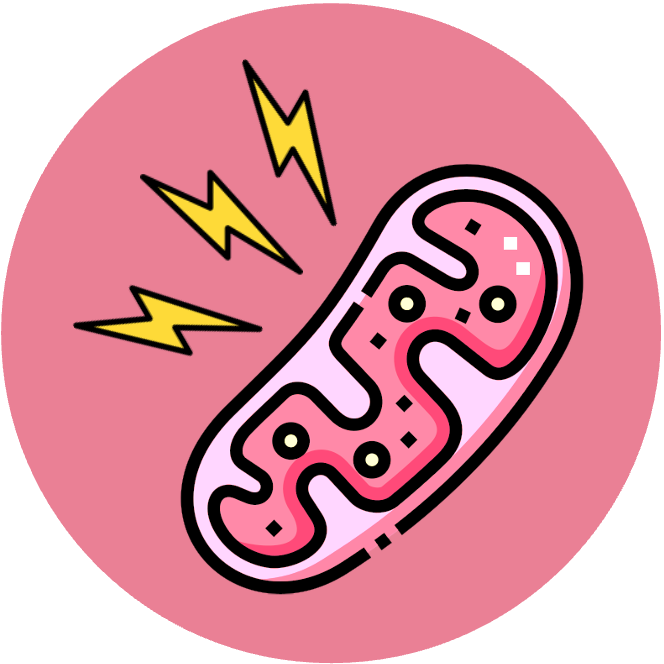

Cell Respiration (SL)
SL Content Statements
-
C1.2.1
ATP as the molecule that distributes energy within cells
-
Include the full name of ATP (adenosine triphosphate) and that it is a nucleotide. Students should appreciate the properties of ATP that make it suitable for use as the energy currency within cells.
-
C1.2.2
Life processes within cells that ATP supplies with energy
-
Include active transport across membranes, synthesis of macromolecules (anabolism), movement of the whole cell or cell components such as chromosomes.
-
C1.2.3
Energy transfers during interconversions between ATP and ADP
-
Students should know that energy is released by hydrolysis of ATP (adenosine triphosphate) to ADP (adenosine diphosphate) and phosphate, but energy is required to synthesize ATP from ADP and phosphate. Students are not required to know the quantity of energy in kilojoules, but students should appreciate that it is sufficient for many tasks in the cell.
-
C1.2.4
Cell respiration as a system for producing ATP within the cell using energy released from carbon compounds
-
Students should appreciate that glucose and fatty acids are the principal substrates for cell respiration but that a wide range of carbon/organic compounds can be used. Students should be able to distinguish between the processes of cell respiration and gas exchange.
-
C1.2.5
Differences between anaerobic and aerobic cell respiration in humans
-
Include which respiratory substrates can be used, whether oxygen is required, relative yields of ATP, types of waste product and where the reactions occur in a cell. Students should be able to write simple word equations for both types of respiration, with glucose as the substrate. Students should appreciate that mitochondria are required for aerobic, but not anaerobic, respiration.
-
C1.2.6
Variables affecting the rate of cell respiration
-
AOS: Students should make measurements allowing for the determination of the rate of cell respiration. Students should also be able to calculate the rate of cellular respiration from raw data that they have generated experimentally or from secondary data.



